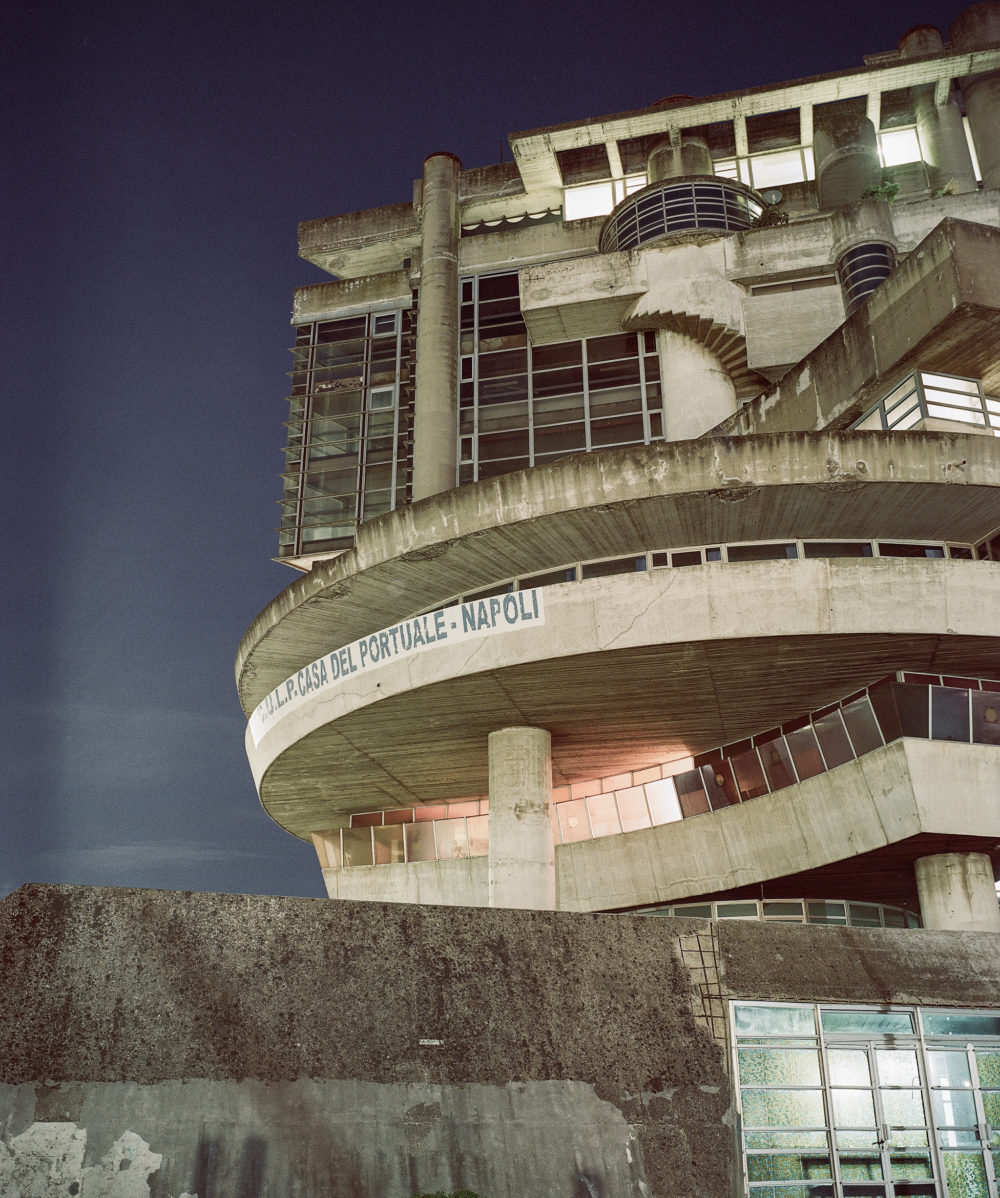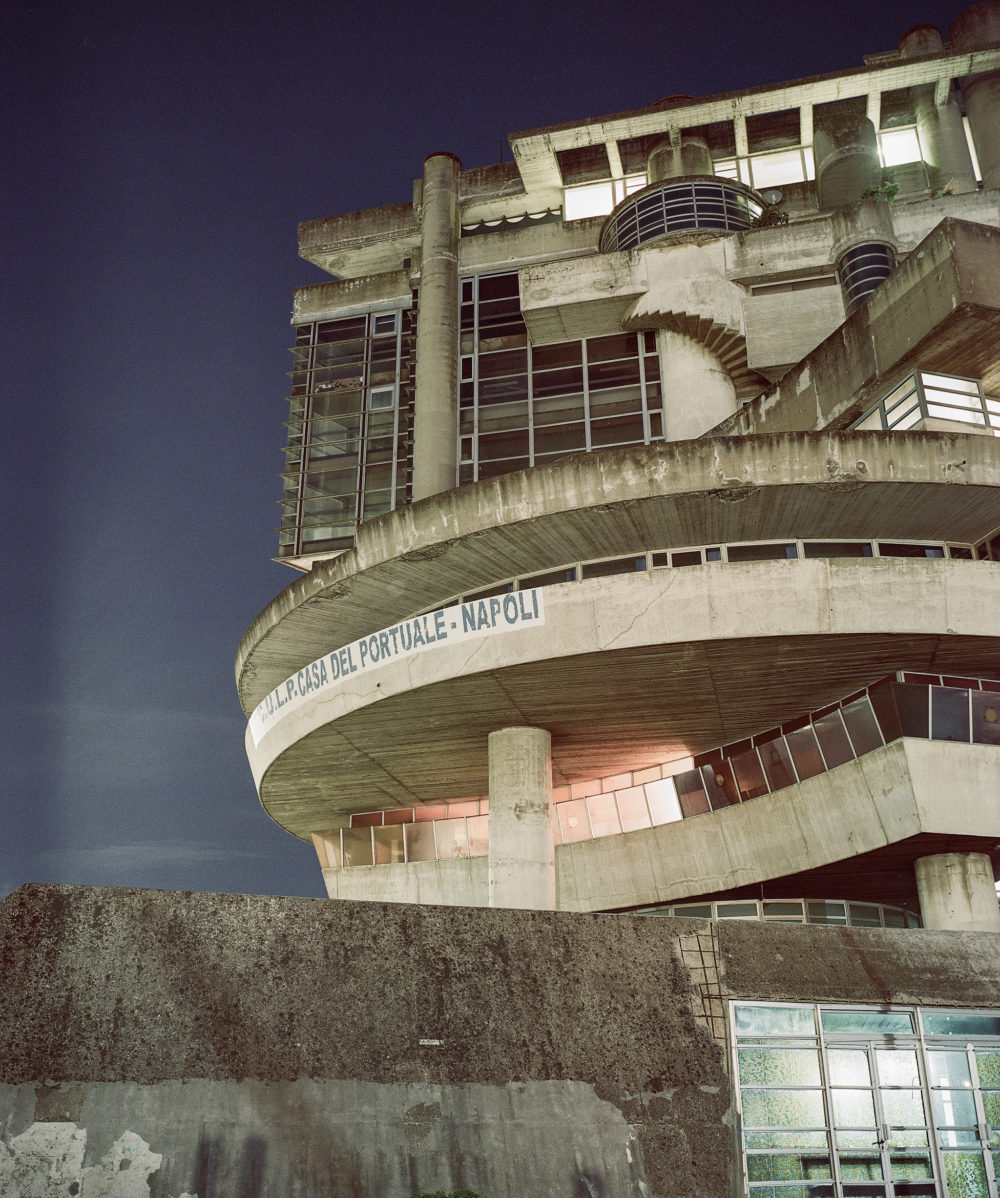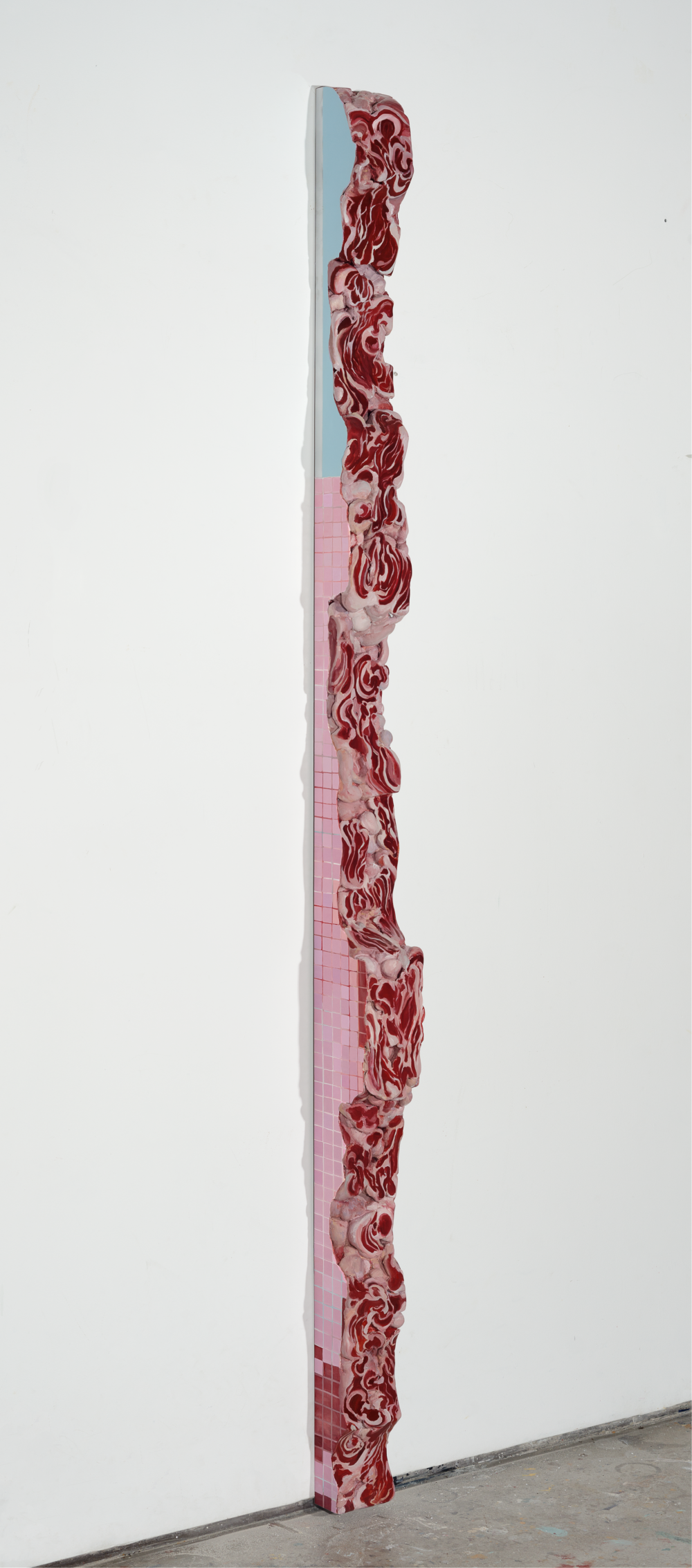Participating artists:
Vincenzo Agnetti (Milan, b. 1926 – d. 1981) / Giulio Delvè (Naples, b. 1984) / Özgür Kar (Ankara, b. 1992) / Donatella Mazzoleni (Florence, b. 1943) / Franco Mazzucchelli (Milan, b. 1939) / Jim C. Nedd (Italian Colombian, b. 1991) / Sara Persico (Naples, b. 1993) / RM (Bianca Benenti Oriol and Marco Pezzotta, duo founded in Geneva, 2015) / Aldo Loris Rossi (Bisaccia, b. 1933 – Naples, d. 2018) / Domenico Salierno (Naples, b. 1967) / Nanda Vigo (Milan, b. 1936 – d. 2020) / Angharad Williams (Ynys Môn, b. 1986) / Tobias Zielony (Wuppertal, b. 1974).
Fondazione Donnaregina per le arti contemporanee – museo Madre and Gucci present ‘Il resto di niente’ (The Remains of Nothing), a collective exhibition dedicated to the relationship between architectural contexts and the identity and emotional experiences that inhabit them. The artists presented in the exhibition create a choral story, made up of installations, photographs, models, sound works, videos, neon sculptures, architectural sketches, and large drawings.
The project takes its title from the 1986 novel by Enzo Striano, which recounts the life story of Eleonora de Fonseca Pimentel, and the revolution of 1799 that led to the birth of the short-lived Neapolitan Republic. Between subjectivity and history, the book explores the possibility of social and anthropological change during an era of significant transformation in Naples.
The exhibition begins by looking at the work of one of the most visionary figures of the Italian architectural scene in the second half of the twentieth century, Aldo Loris Rossi, who, from the 1960s, developed a radical aesthetic and political discourse on architecture and urban planning, mainly in Naples. Numerous drawings from Rossi’s projects, often conceived together with Donatella Mazzoleni, are on display, combining organic forms, a passion for expressionism, and futurist and constructivist influences. Projects such as the Casa del Portuale (1968-1980) and the residential complex of Piazza Grande (1979-1989) are integrated into the urban landscape of Naples, vivid examples of brutalist architecture, appearing as enormous and autonomous spaceships, conceived in the wake of post-war utopias. Thinking back to the future that those buildings envisaged, and looking at the imagination that they spark today (for example, some of the most famous television series and music videos made in Naples are set there), these buildings are the starting point for reflections on living and its affective implications. Who lives there? Has the experience of living there contributed to a particular emotional lexicon for these individuals? Do they include or exclude people? Are they “concrete dystopias” or promises to be reformulated?
In their beauty, suspended like a space capsule, the architectural projects shown in the exhibition ask for and find answers, interpretations, echoes, and revivals in the works of visual artists of different origins and generations. The artist whose works most interact with these themes is Tobias Zielony, who had previously undertaken a video and photographic research project dedicated to the Vele di Scampia in Naples. For the exhibition, he created a series of shots dedicated to some of the most famous constructions by Rossi with Mazzoleni. Elsewhere, in the rooms, in the works of Vincenzo Agnetti and Nanda Vigo – artists of a generation close to the period of utopian architecture – conceptual and cosmogonic parallels are drawn with Rossi’s work. Whereas RM and Domenico Salierno explore the emotional, sweet, and desolate dimensions of living today, Jim C. Nedd, Giulio Delvè and Özgür Kar instead present works that explore the danger of feeling existentially trapped. Sara Persico translates into sound the rough urban dimension that Angharad Williams portrays through the impermanent dimension of a car’s reflection. Franco Mazzucchelli conceives his inflatable sculptures as devices for occupying lived and shared spaces, which fill the exhibition spaces of the museum.
The exhibition benefits from the collaboration of the University Archives of the University of Naples Federico II, the Vincenzo Agnetti Archive, Milan, and the Nanda Vigo Archive, Milan.
‘Il resto di niente’ (The Remains of Nothing), with its poetic ideas constitutes and enriches one of the lines of research and activities inaugurated last year at Museo Madre, dedicated to exploring Naples as a Mediterranean metropolis that is reinventing the narrative of its own story with new scenes and new stereotypes. This field of investigation began with the commission and publication of the photo book “Napoli” by Giovanna Silva (Mousse Publishing, 2023), and will be developed in a program of conferences starting in June and continuing until autumn 2024.
The exhibition marks the resumption of the Museum’s exhibition activity after the interruption to allow the first phase of works and extraordinary maintenance. It also constitutes a virtuous example of the first public-private collaboration undertaken by Madre, placing the institution at the center of a fruitful and respectful dialogue between the world of art and that of businesses. Furthermore, it testifies the strong desire, on the part of Gucci and its Creative Director, to create a synergy with an institution that reflects its aesthetic and artistic values.
“Il resto di niente” (The Remains of Nothing), Enzo Striano
© 2005 Arnoldo Mondadori Editore S.p.A., Milan
© 2016 Mondadori Libri S.p.A., Milan


